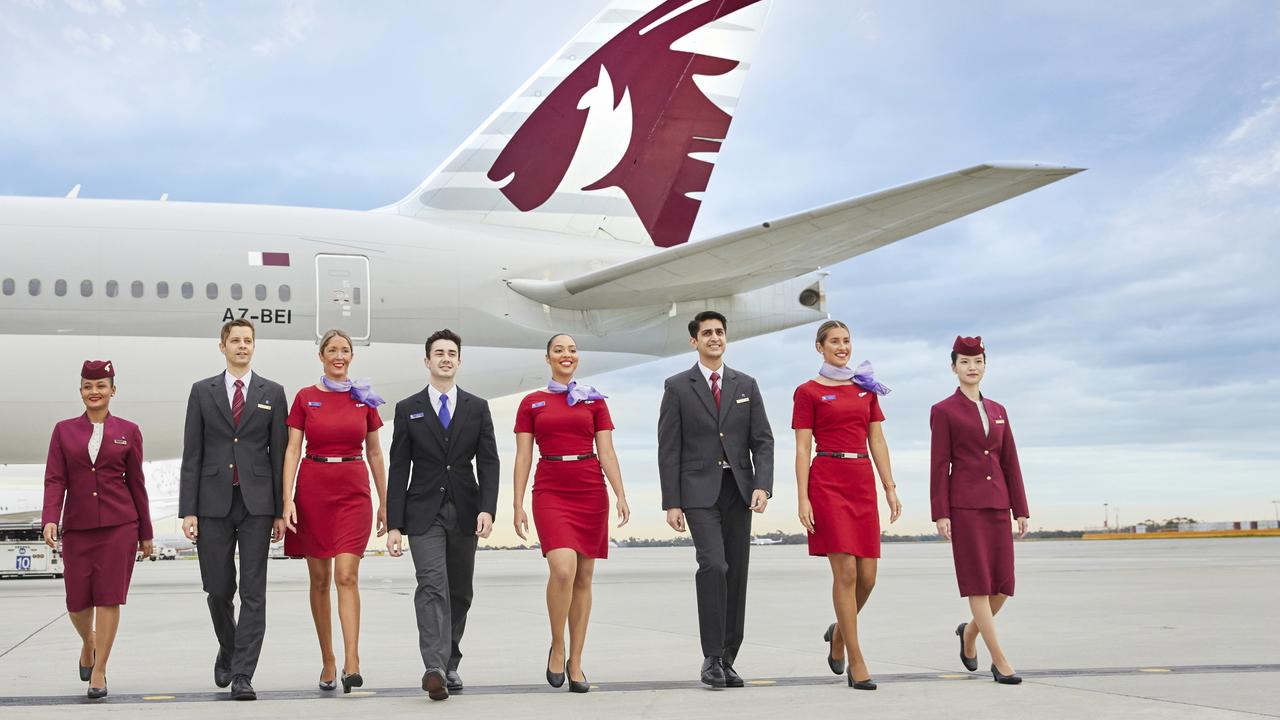CASA refuses to change regulation which would reduce flights over Brisbane suburbs
Australia’s aviation safety regulator has delivered a fresh blow to Brisbane residents seeking relief from aircraft noise.

Brisbane residents fighting to restore the peace after the opening of a second airport runway have been dealt a fresh blow on the aircraft noise front.
The Civil Aviation Safety Authority has refused to change a regulation to allow more aircraft to arrive at and depart from the airport over Moreton Bay, instead of residential suburbs.
Brisbane Airport Corporation had sought an increase in the allowable tailwind for arriving and departing aircraft from 5 to 10 knots.
The change would have gone some way to reducing flights over suburbs such as New Farm, Bulimba, Teneriffe, Hamilton and Hawthorn which have experienced a significant increase in aircraft noise since the second runway opened just over a year ago.

But CASA rejected the application based on international regulations which ruled that “noise abatement should not be a determining factor for runway nomination when the tailwind exceeded 5 knots”.
“CASA also considers the introduction of an increased level of risk where one does not currently exist and where an alternative safer option is available is not prudent at this time,” said the response.
A statement from Brisbane Airport said while disappointed, they accepted CASA’s position and shared its commitment to safety as the number one priority for air traffic operations.
“Nonetheless, BAC is also committed to continuing to pursue improved noise outcomes for our neighbours and we have already commenced work to investigate an alternative tailwind option to the 10 knot request that has been rejected,” said the statement.
Chair of the Brisbane Flight Path Community Alliance, David Diamond said CASA’s denial of the airport’s request was disappointing but not surprising.

He said the 10 knot proposal was ultimately a “bandaid” solution that would have provided minimal relief to the thousands of residents now subjected to aircraft noise day and night.
“The fundamental design issues with the new runway operation and flights paths would have remained even if the 10 knot allowance had been approved,” said Mr Diamond.
“The significant community impacts that are being experienced and will escalate exponentially post-Covid, would have remained.”
The BFPCA wanted nothing less than a new impact assessment and flight path design exercise to reduce aircraft noise and other excessive impacts on the community, he said.
“Unless the community demands are met, then the airport cannot claim a social licence to operate. We all need to coexist for the long term,” Mr Diamond said.






